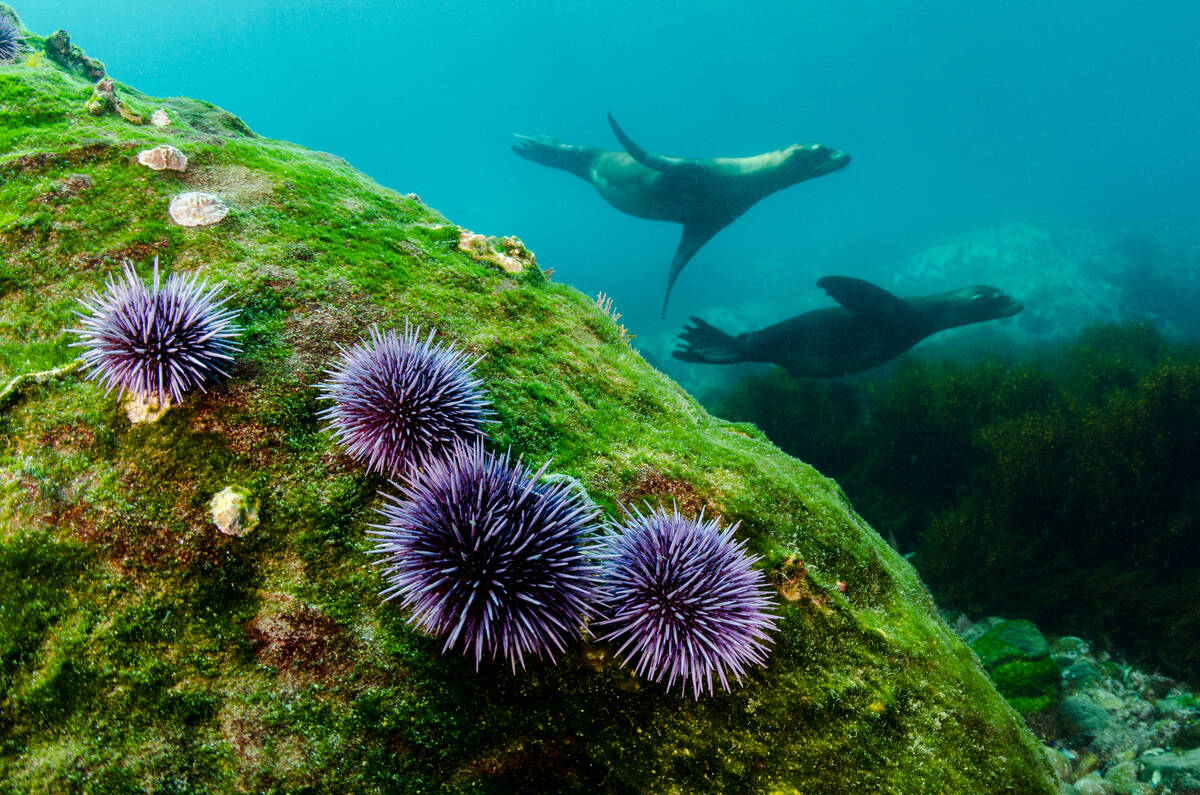
NIH $4M Funds Echinobase Through 2028
Media Inquiries
Echinobase(opens in new window), a web-based resource that provides access to genomic, expression and functional data from research related to starfish, sea cucumbers, sea urchins and other types of echinoderms, received a $4 million grant(opens in new window) from the National Institutes of Health to maintain the resource through 2028.
Carnegie Mellon University’s Veronica Hinman(opens in new window) and Charles Ettensohn(opens in new window), along with Peter Vize at the University of Calgary, created the latest version of Echinobase in 2020. Through Echinobase, they and collaborators provide researchers access to information and a community to foster research in evolutionary and developmental biology.
Starfish and humans, along with other vertebrates, share some similarities in their early development, genome organization and gene content. Researchers from all over the world use the database, and Hinman, the head of CMU’s Department of Biological Sciences(opens in new window) and Dr. Frederick A. Schwertz Distinguished Professor of Life Sciences, said that the work is an incredible resource and that species model organism databases are crucial to scientific research.
In the following Q&A, Ettensohn, professor of biological sciences, discusses the importance and impact of Echinobase.
How was Echinobase first created?
When the first echinoderm (Strongylocentrotus purpuratus) genome was published in 2006, the community realized the vast amount of information it contained and the tremendous value of the information to the research community. That led to the creation of SpBase, a database and web interface that allowed researchers to access information related to the genome. This early work was spearheaded by Andy Cameron and Eric Davidson at Caltech. As the number of assembled echinoderm genomes increased, and the creators at Caltech became less active, three investigators (Veronica Hinman and myself at CMU, and Peter Vize at the University of Calgary), recognized both a need and an opportunity to enhance the knowledgebase by expanding it to new species, enhancing it with new classes of information, and integrating it with similar knowledgebases constructed for related organisms. Echinobase was born.
How does the NIH funding for Echinobase help keep the database running?
The NIH funding will support the work of curators and bioinformaticians who ensure that the knowledgebase is comprehensive and current in the information it provides to the research community. It will also support database developers and programmers who maintain and improve the architecture of the database and its user interfaces. Lastly, it will keep Echinobase accessible to the public, through the maintenance of servers and cloud-based storage.
How do you think Echinobase has contributed to gene research?
For more than 150 years, echinoderms have been used to study fundamental aspects of developmental and cell biology, developmental genomics, and evolution, leading to an improved understanding of our own human biology. With the advent of animal genomes and functional genomics, modern research with echinoderms has come to be almost entirely dependent upon gene-based information. Echinobase is the central repository for such information, making it indispensable to the research community.
Do you use Echinobase to help you with your own research? If so, how?
My own research group studies gene regulatory processes that underlie animal development. For example, we perturb the expression of specific genes in order to analyze their function during embryogenesis, and we study the architecture of complex networks of genes that establish cell identities. Everything we do relies on knowing the organization of the echinoderm genome and its constituent genes.





